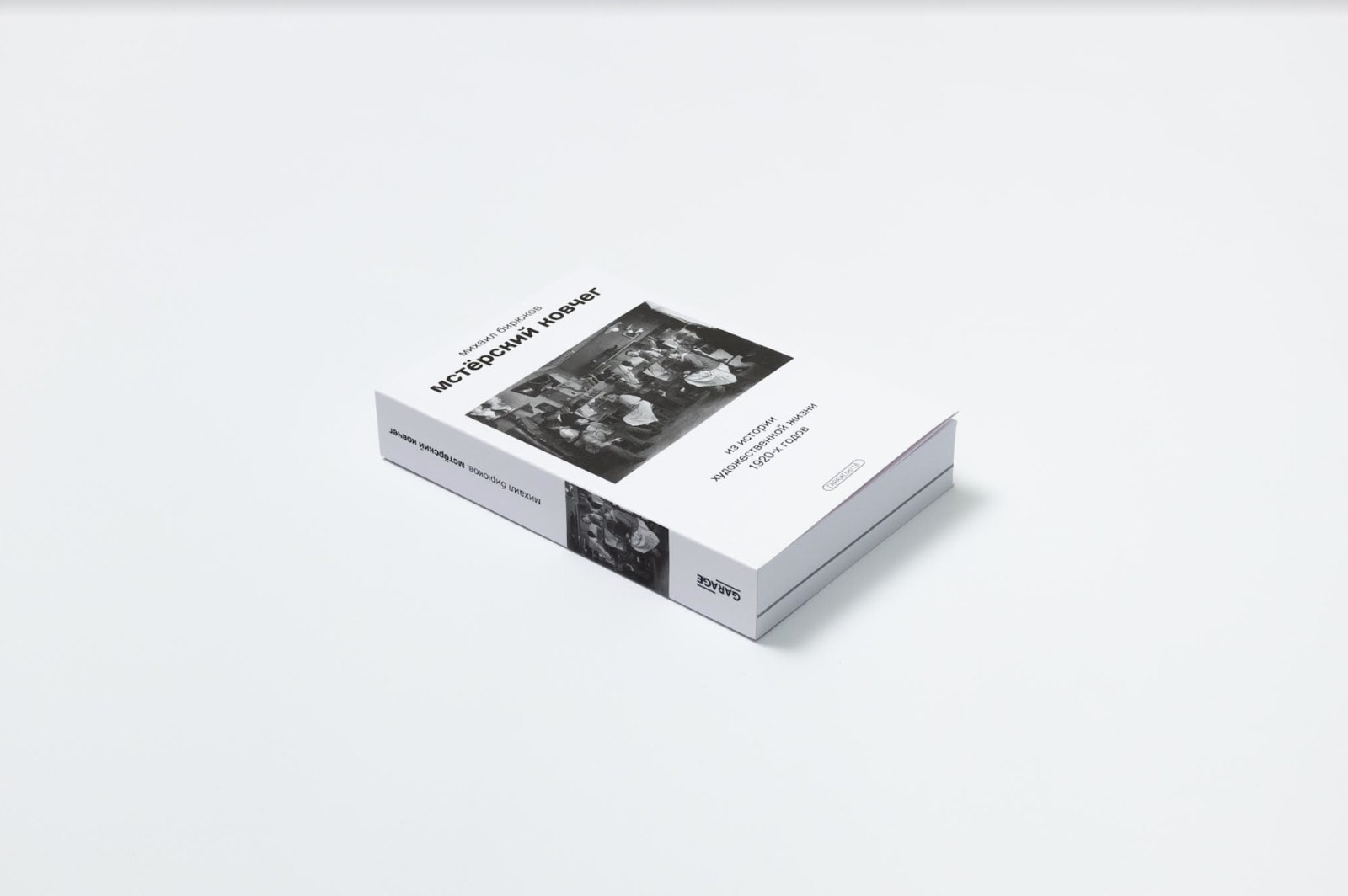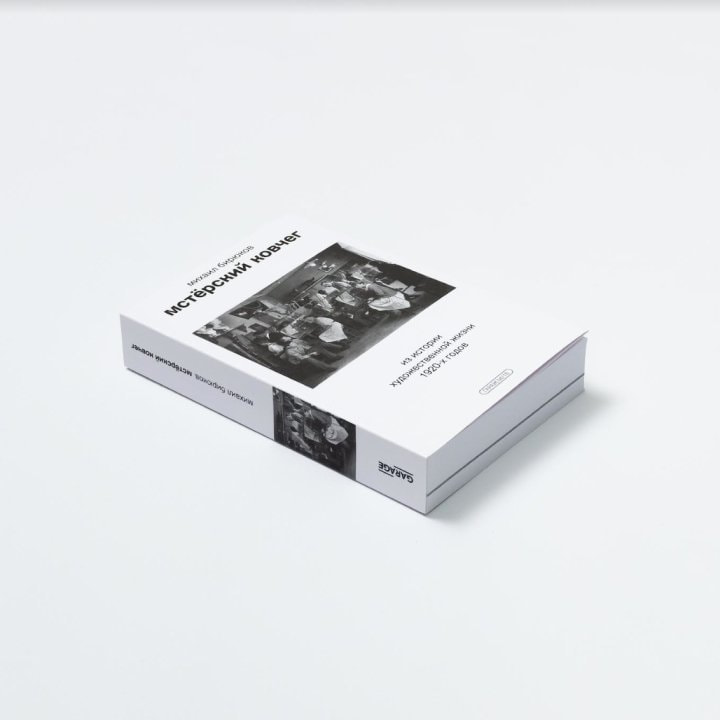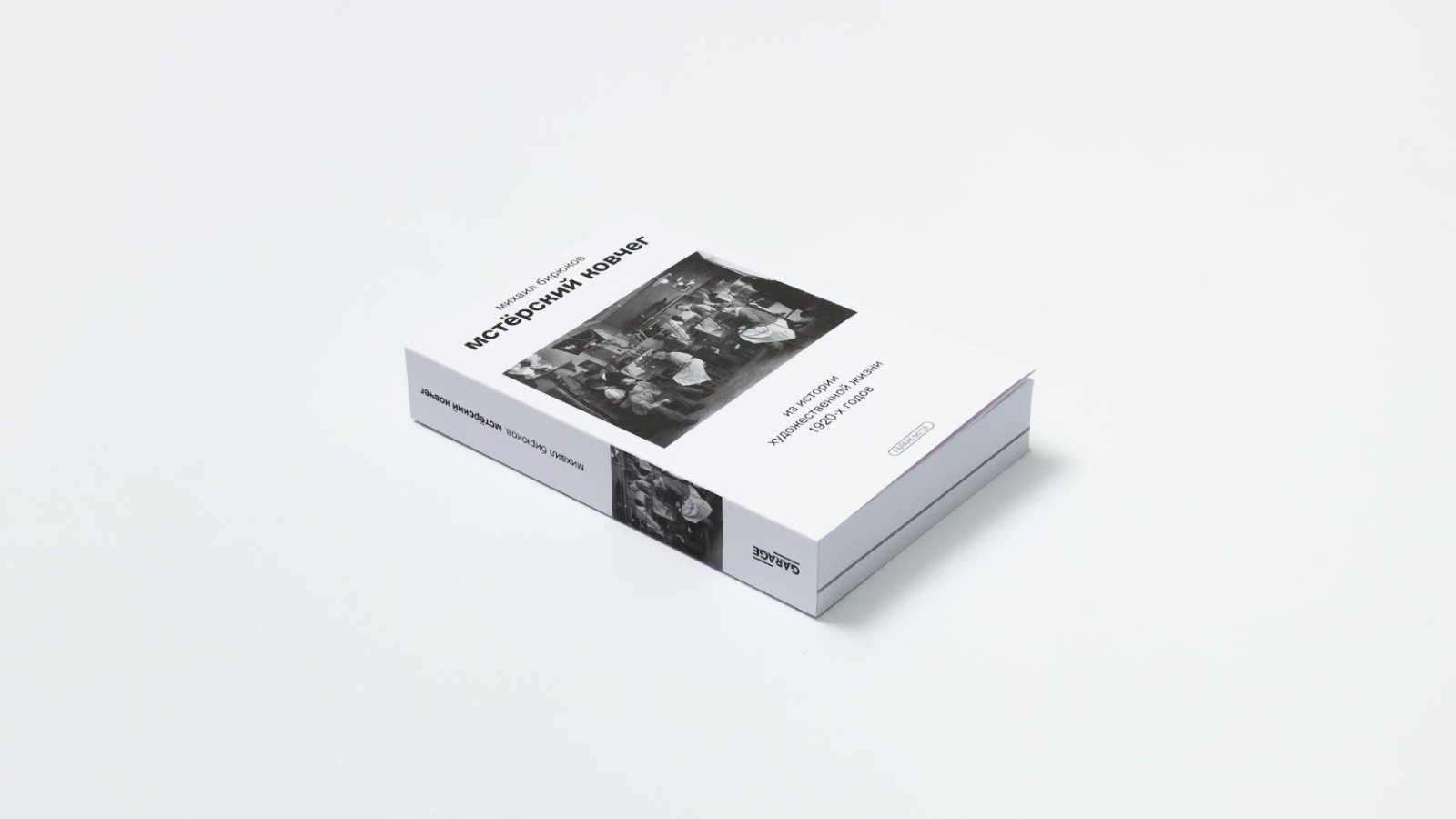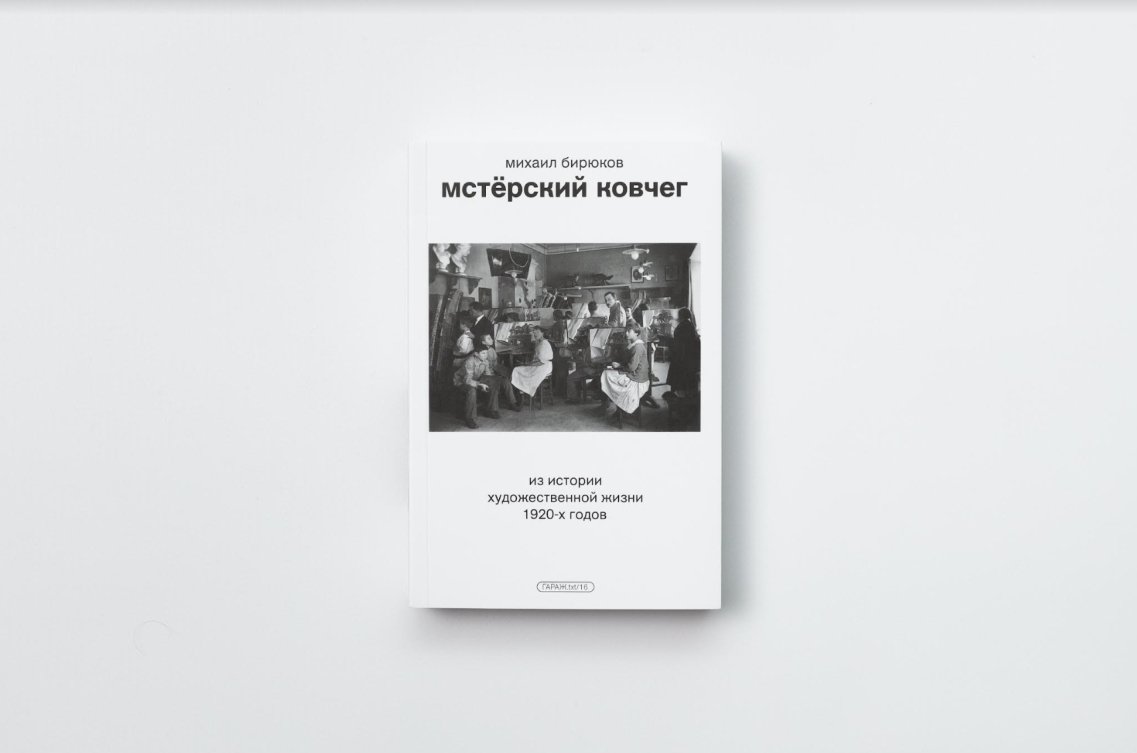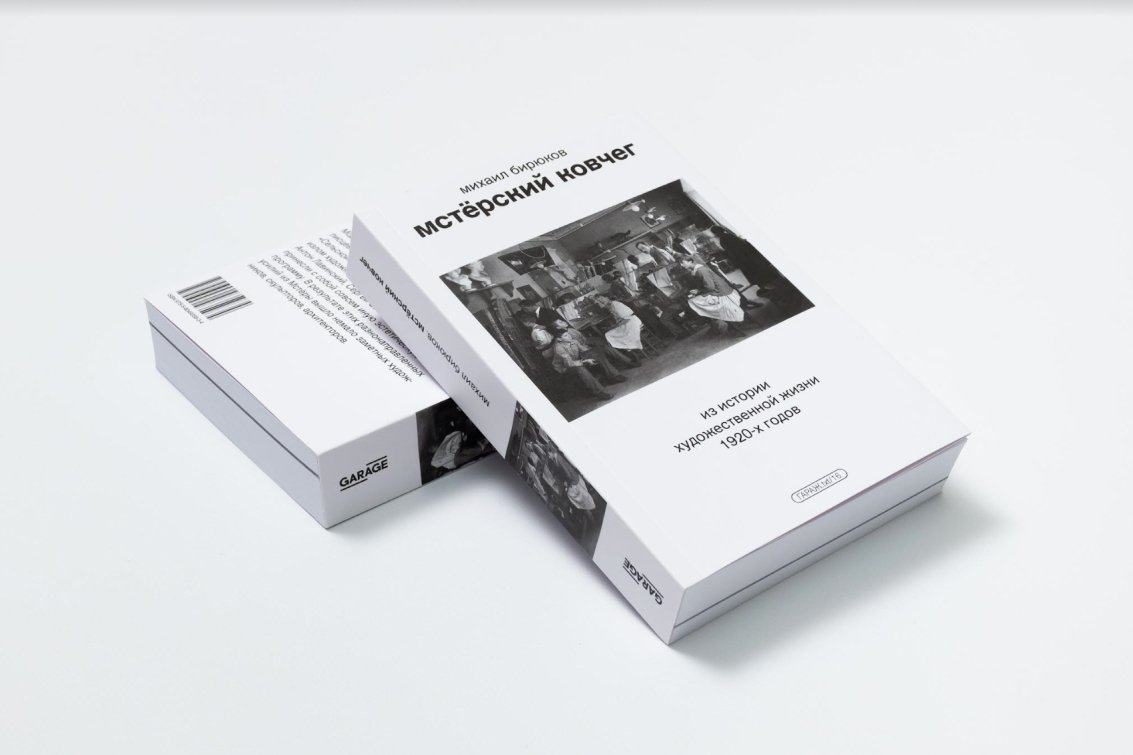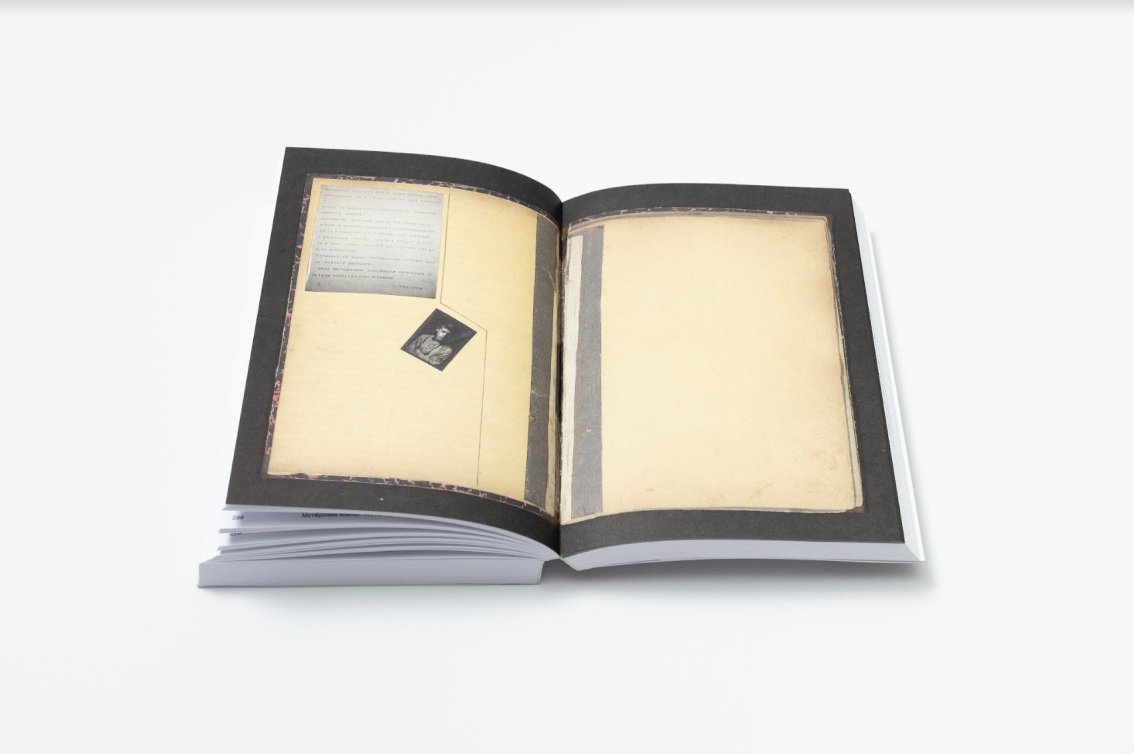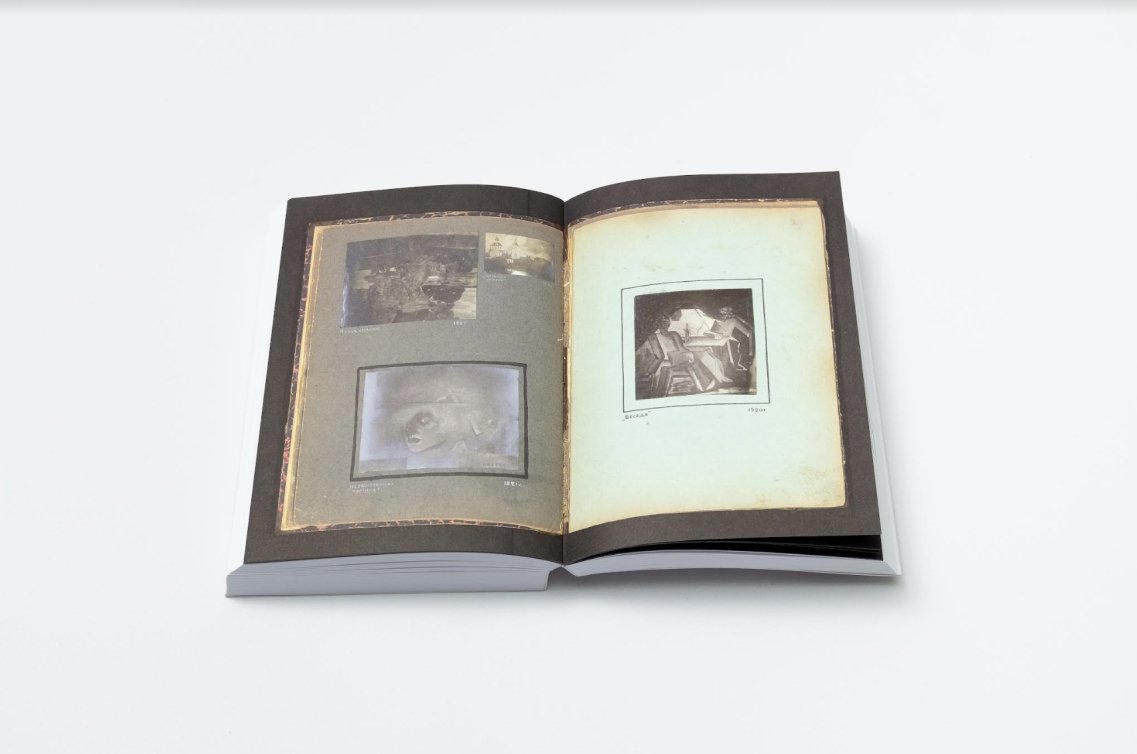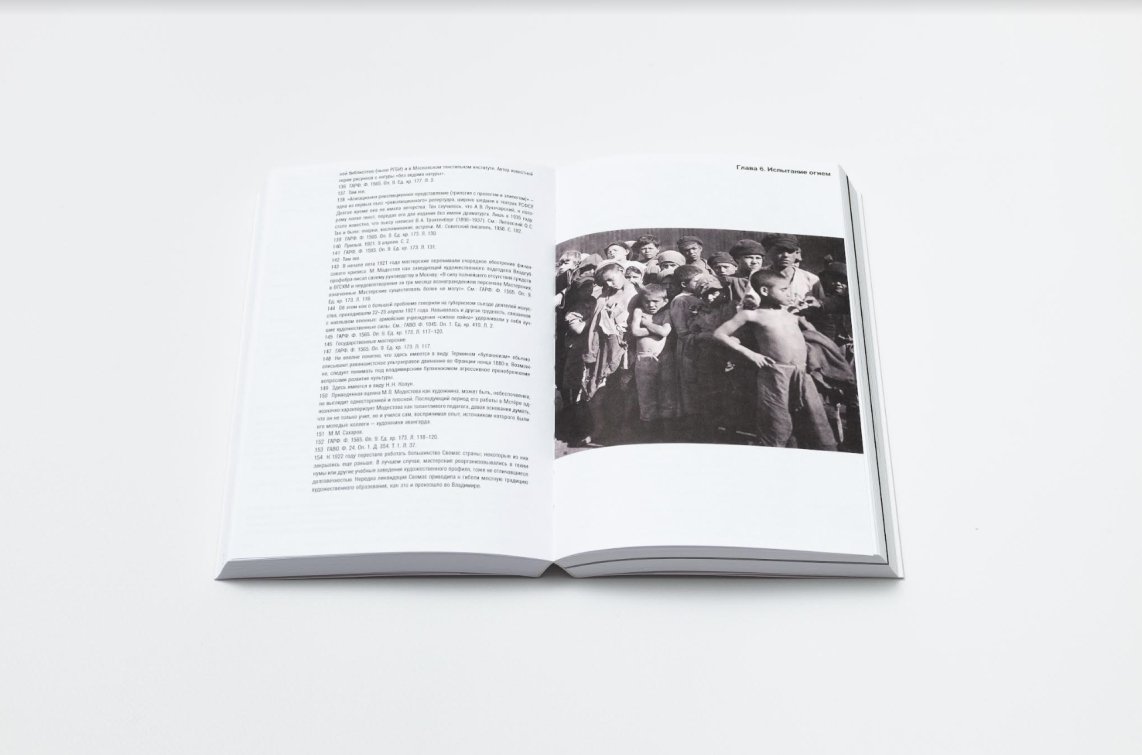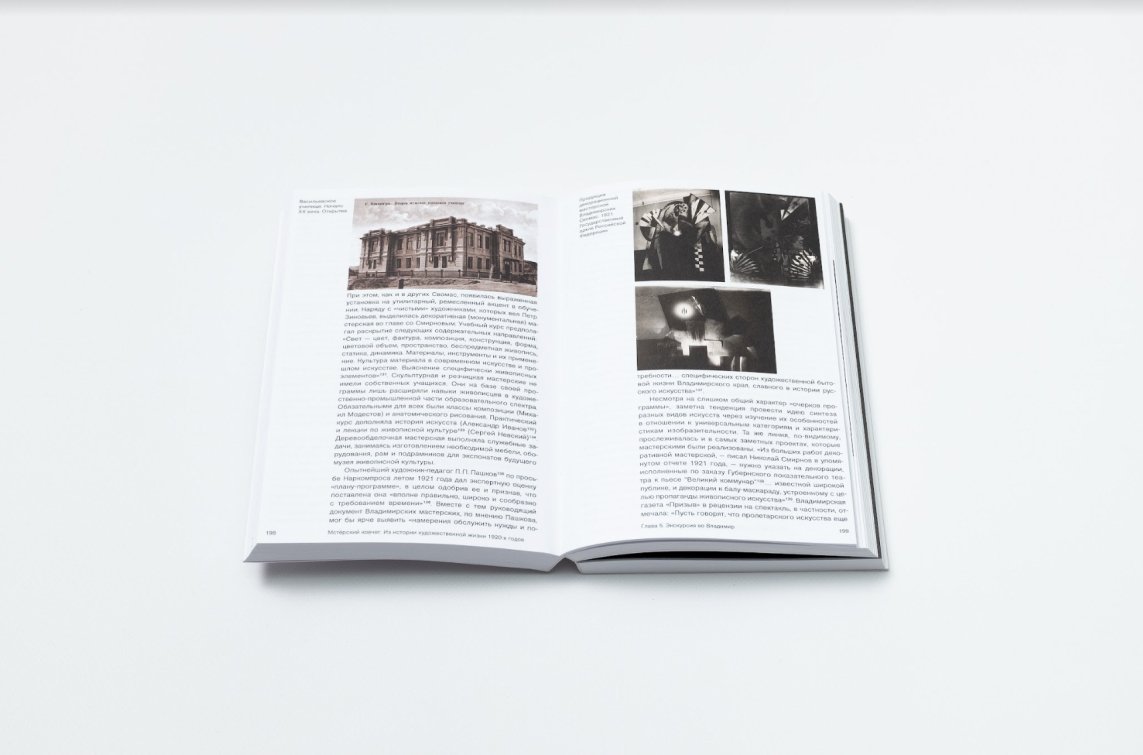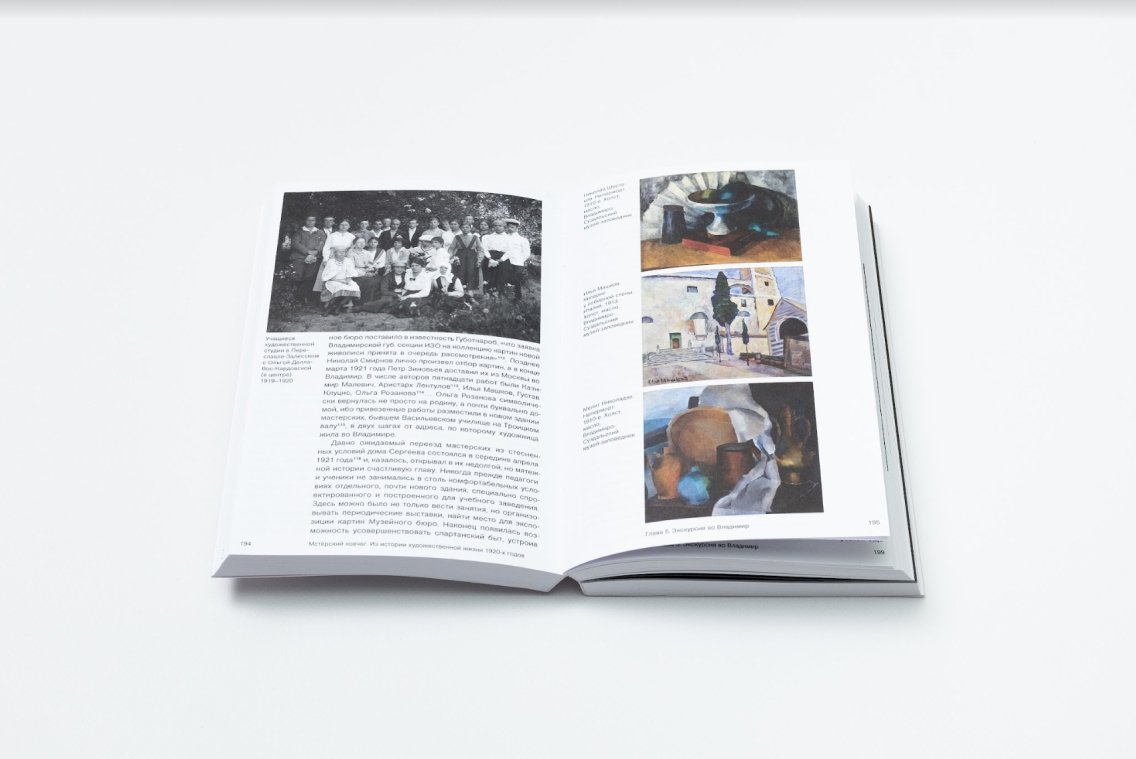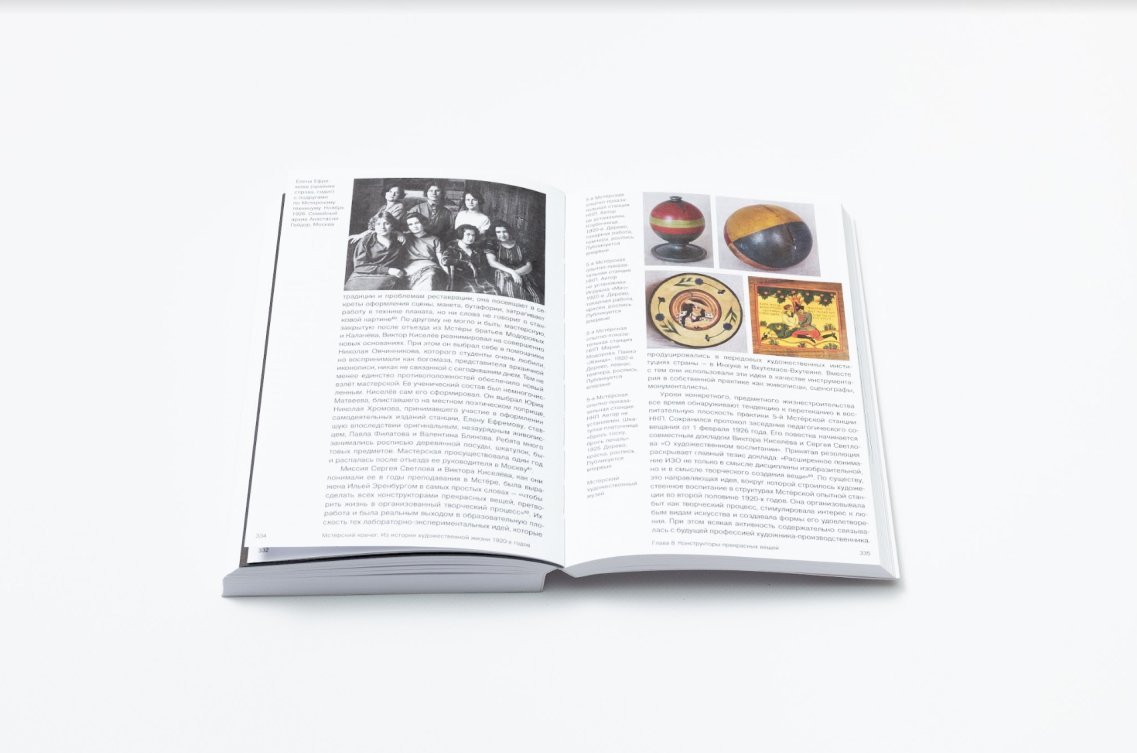The interest of specialists and art lovers in the history of the artistic life of Russia in the post-revolutionary period enabled the creation of a broad picture of the dramatic events of the time.
However, there are still a number of gaps in the «Sturm und Drang» period of the early 1920s. In Mstera’s Ark, historian Mikhail Biryukov explores one of these «blank spots.» His focus is on the surprising story of the development of an artistic organization: the «Village Academy» in Mstera, an ancient center of icon painting. This provincial educational institution, unprecedented in scale and period of operation, was highly esteemed in the Fine Art Department of the People’s Commissariat for Education and actively cooperated with VKhUTEMAS. A range of artists, including Olga Rozanova, Alexander Rodchenko, and Fedor Modorov, were involved in its inception. The teaching methods of local icon painters and painters of the academic school that formed the basis of the «Village Academy» were later stress tested by the artists of the avant-garde. Viktor Palmov, Anton Lavinsky, Sergei Svetlov, and Viktor Kiselev brought with them a completely different aesthetic program. As a result of these multidirectional efforts, Mstera was the source of a number of important artists, sculptors, and architects.
